1. Polypropylene overview Polypropylene is an important product among the five general-purpose synthetic resins. It has developed rapidly both at home and abroad. In the world's five synthetic resins for plastics, the production of polypropylene accounts for about 1/4 of the total. The total production capacity of the world's five most common synthetic resins is expected to reach 190 million tons in 2006, of which 48.78 million tons of polypropylene, accounting for the total 25.6% of capacity. In 2004, China's production of polypropylene resin was 4,748,800 tons, imports were 2.914 million tons, and exports were 15,300 tons, and its apparent consumption was 7.647 million tons, accounting for 25.9% of the total apparent consumption of the five largest general-purpose resins in the country in the same year. . It is estimated that by 2010, the apparent consumption of polypropylene resin in China will increase to 10.8 million tons, which is an increase of more than 40% from 2004. 2. Aging and aging resistance of polypropylene There are tertiary carbon atoms in the main chain of PP. Chemical changes are easily caused by external factors such as heat, oxygen, and ultraviolet rays. The carbonyl peaks appear in the infrared absorption spectrum, and peroxides are then formed, forming free radicals after fragmentation. These radicals further cause the cleavage, branching, and cross-linking of the entire macromolecular chain, which causes the PP to lose the characteristics of the polymer material and lose its performance. Macroscopically, it can be judged by the decrease of intrinsic viscosity of PP or the increase of melt flow rate. The decrease in intrinsic viscosity or increase in the melt flow rate means that the molecular weight of the polypropylene becomes smaller. For example, a PP with a molecular weight of 271,000 was extruded three times at a processing temperature of 310°C and the molecular weight was reduced to 52,300. The breakage of PP backbone generates a large number of free radicals. On the one hand, it will continue to attack the carbon atoms in the main chain, resulting in new degradation reactions. At the same time, it will also be accompanied by the intertwining or cross-linking between free radicals. The rate of molecular weight reduction may be reduced. Slow, but the material will become hard and embrittled macroscopically. Oxidation structures (such as carbonyls, peroxides, etc.) produced during degradation will further increase the sensitivity to light-induced degradation. According to the different mechanism of action, antioxidants can be divided into two groups: free radical chain reaction terminators (primary antioxidants) and peroxide decomposition agents (auxiliary antioxidants). There are many types of antioxidants on the market today. The principle of choice is price, compatibility with PP, and antioxidant effects. The antioxidants that are currently approved and are more suitable in terms of technology and economy are phenols 1010 and phosphite 168, which are called B215 or B225. The ratio of the former 1010 to 168 is 1:2 and the latter is 1010. The 168 ratio is 1:1. In the course of processing, as long as a sufficient amount of antioxidant is added and dispersed uniformly, the stability of PP in the entire thermal history can be ensured, and the stability of PP can be maintained for a considerable period of time after molding without serious degradation. However, if exposed outdoors, only residual antioxidants are not enough to protect polypropylene. The carbonyl compounds formed during the thermal oxidation will be in an excited state after strongly absorbing ultraviolet rays, and will also seriously degrade PP at room temperature. For white or light colored products, zinc oxide can be used as a shielding agent. The results show that adding 10% zinc oxide with a particle size of 0.11 μm can increase the weatherability of PP to over 8 years. Suitable light stabilizers for PP use include absorbers UV-531, UV-327, triazine-5, and quenchers NBC, 1084, and the like. Of particular note is the fact that polypropylene polymerized by the liquid-phase bulk process has been greatly improved in terms of molecular weight distribution, ash content, and halogen content, but most of them are still shipped without any additives. Users must pay attention to the timely use and add the appropriate amount of additives. The following are the results of research on the aging modification of powdered PP. See Tables 1, 2, 3, and 4. Table 1 Effect of aging aids on thermal oxygen aging properties of powdered PP Oxidation induction period (min) Melt flow rate (g/10min)
Fake fur coat is very beautiful and fashion style for ladies and girls.and also it's very comfortable,keeping your body warm all the day. and also the fabric weight is more than 350g/m2
the shell fabric is made of fake fur in 100% polyester, the color is gradual changing, and the fabric quality is very well , it looks very beautiful with a big collar. There are many styles for your choice . Any color , any size, any styles, we can do it. when you wear it, you will feel very well , comfortable and more fashion. We trust you do like it
Fake Fur Coat,Fake Fur Coat With Lining,Fake Fur Coat With Hood,Baby'S Fake Fur Coat Cute Jinan Topline Trading Co., Ltd. , https://www.jinantopline.com
Powdered PP: Additives 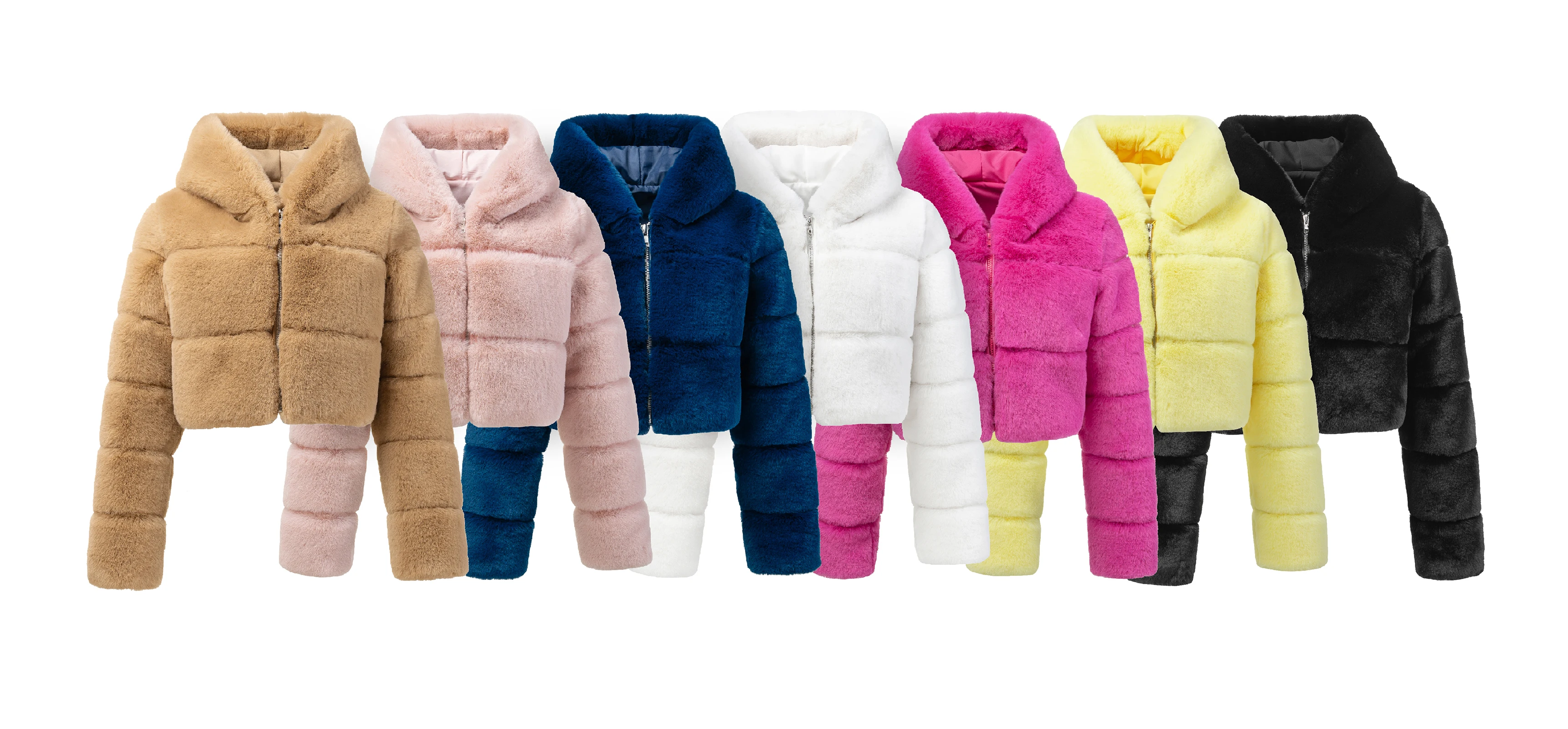
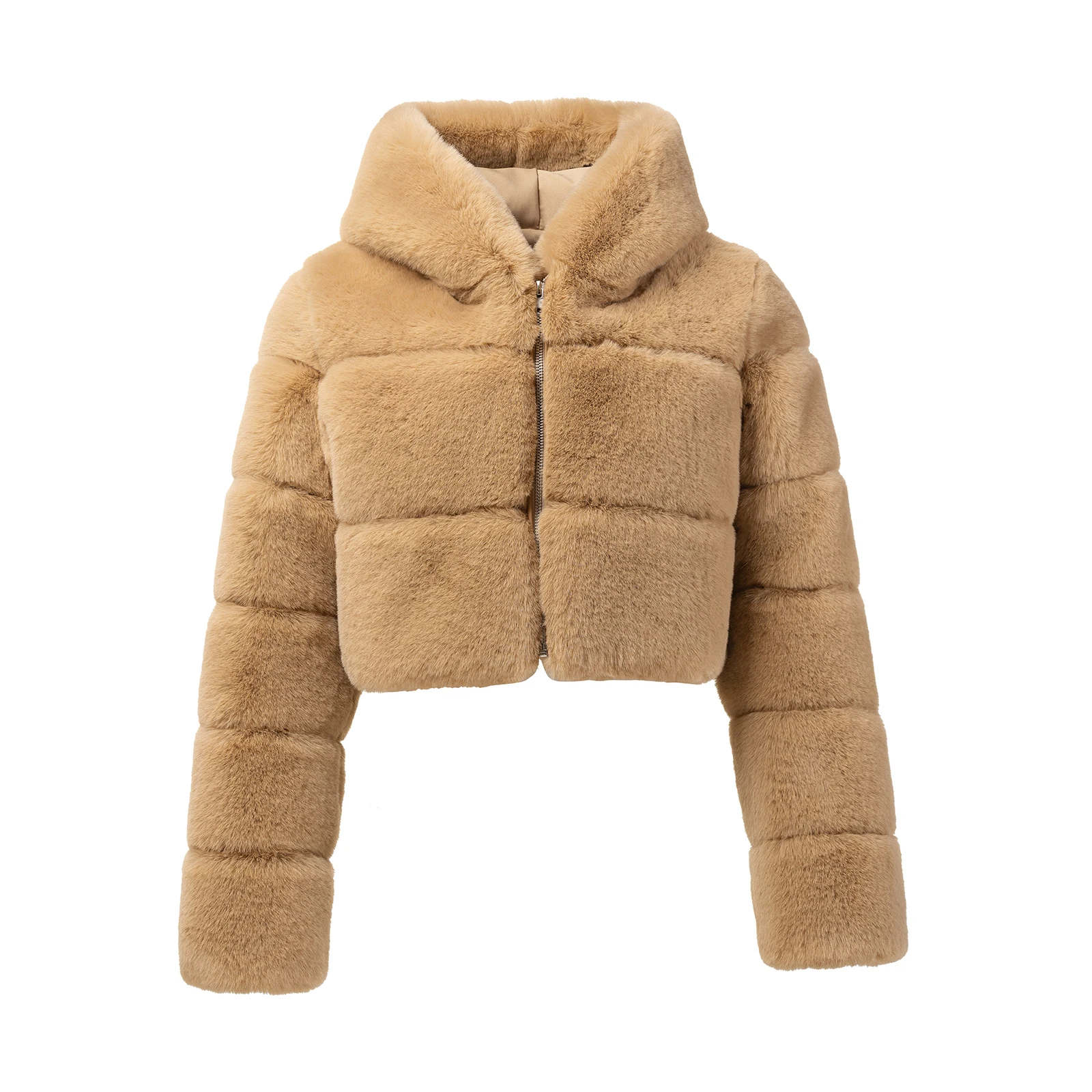
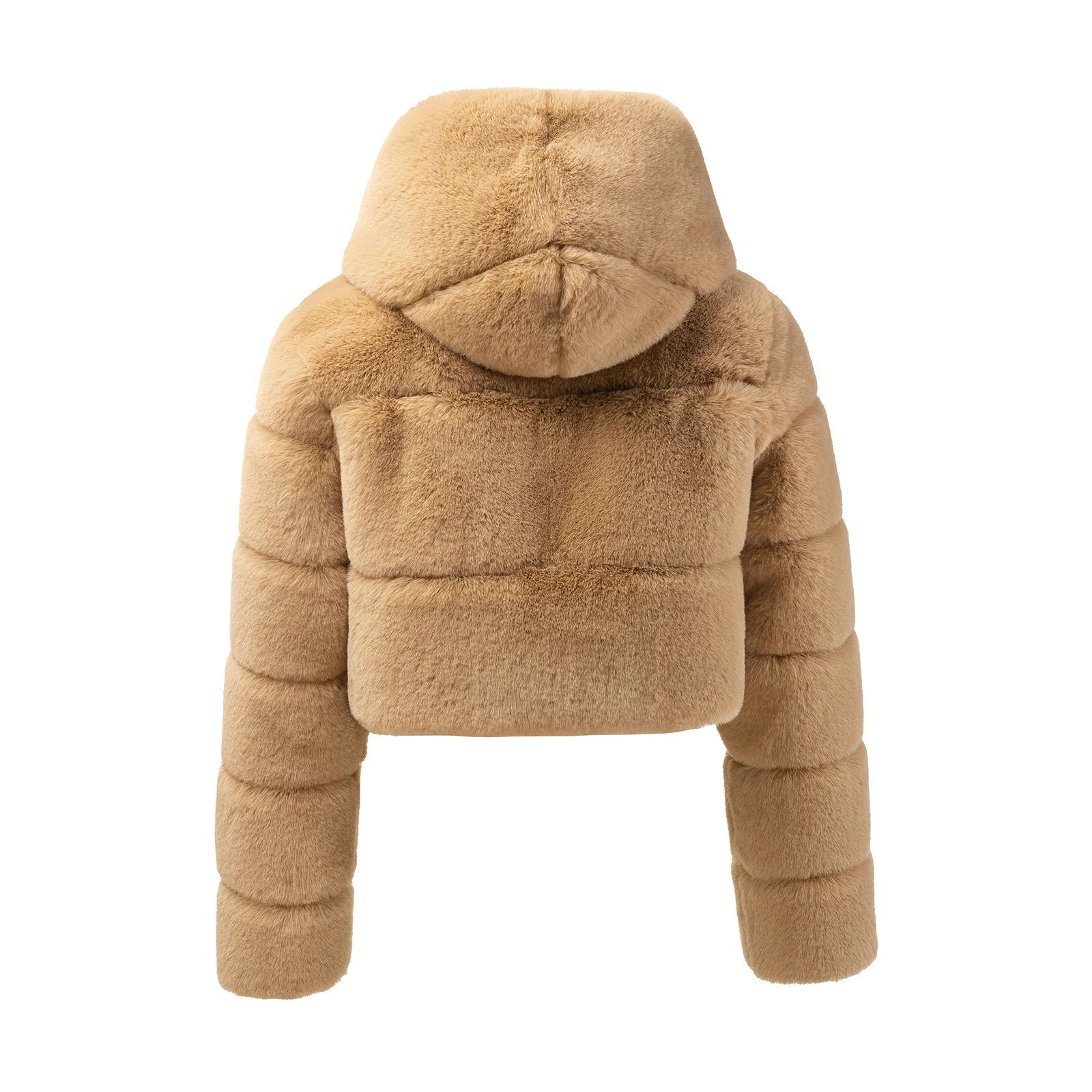
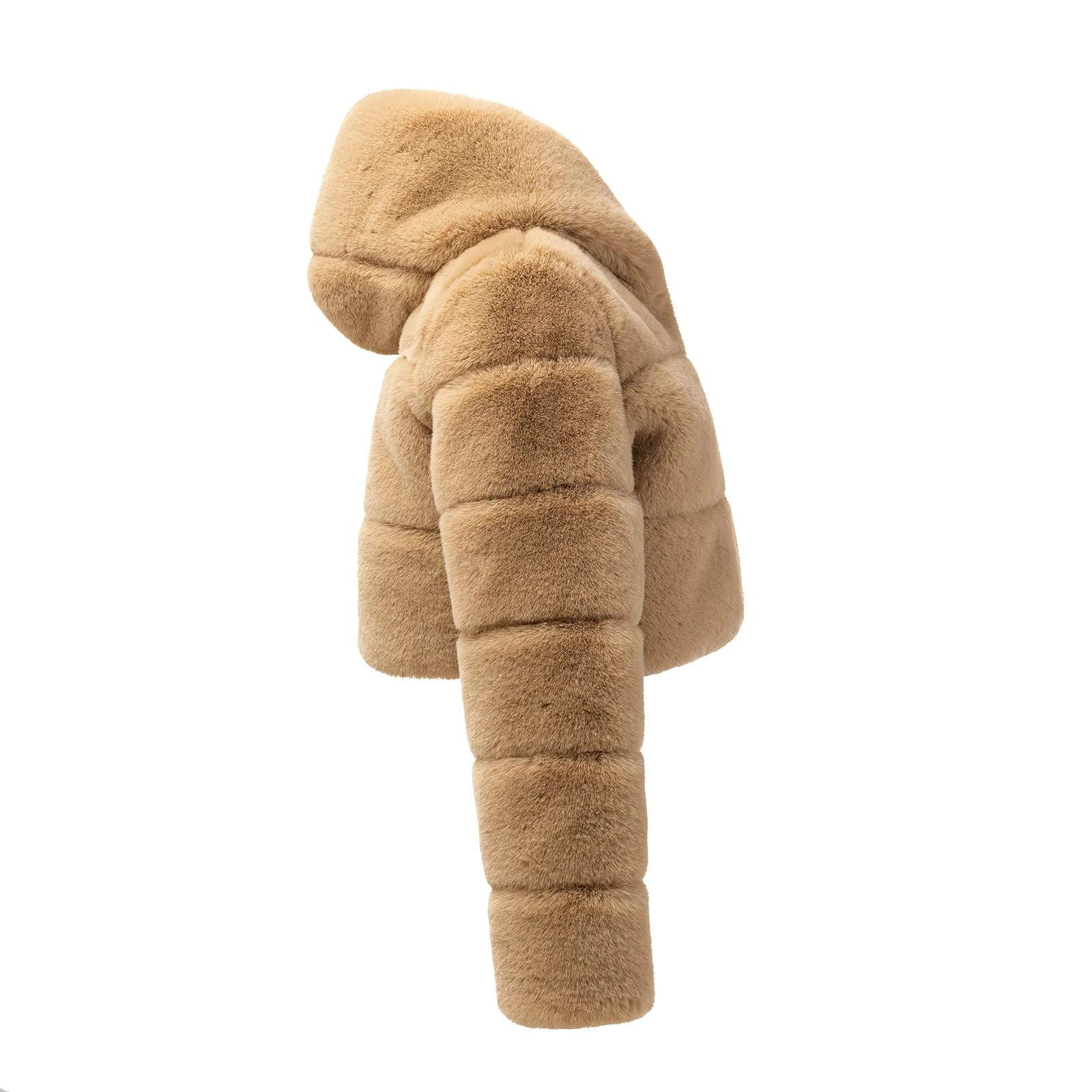
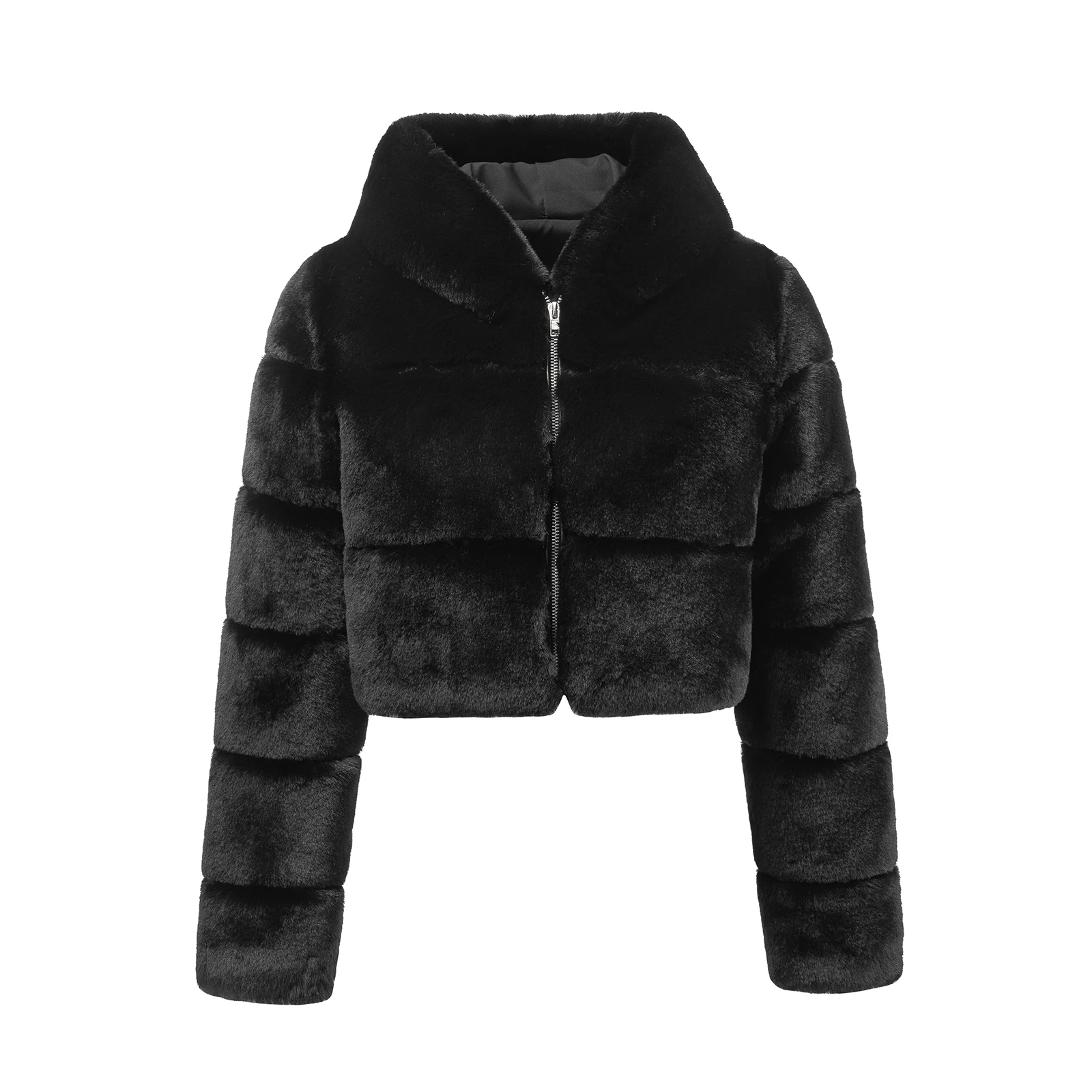
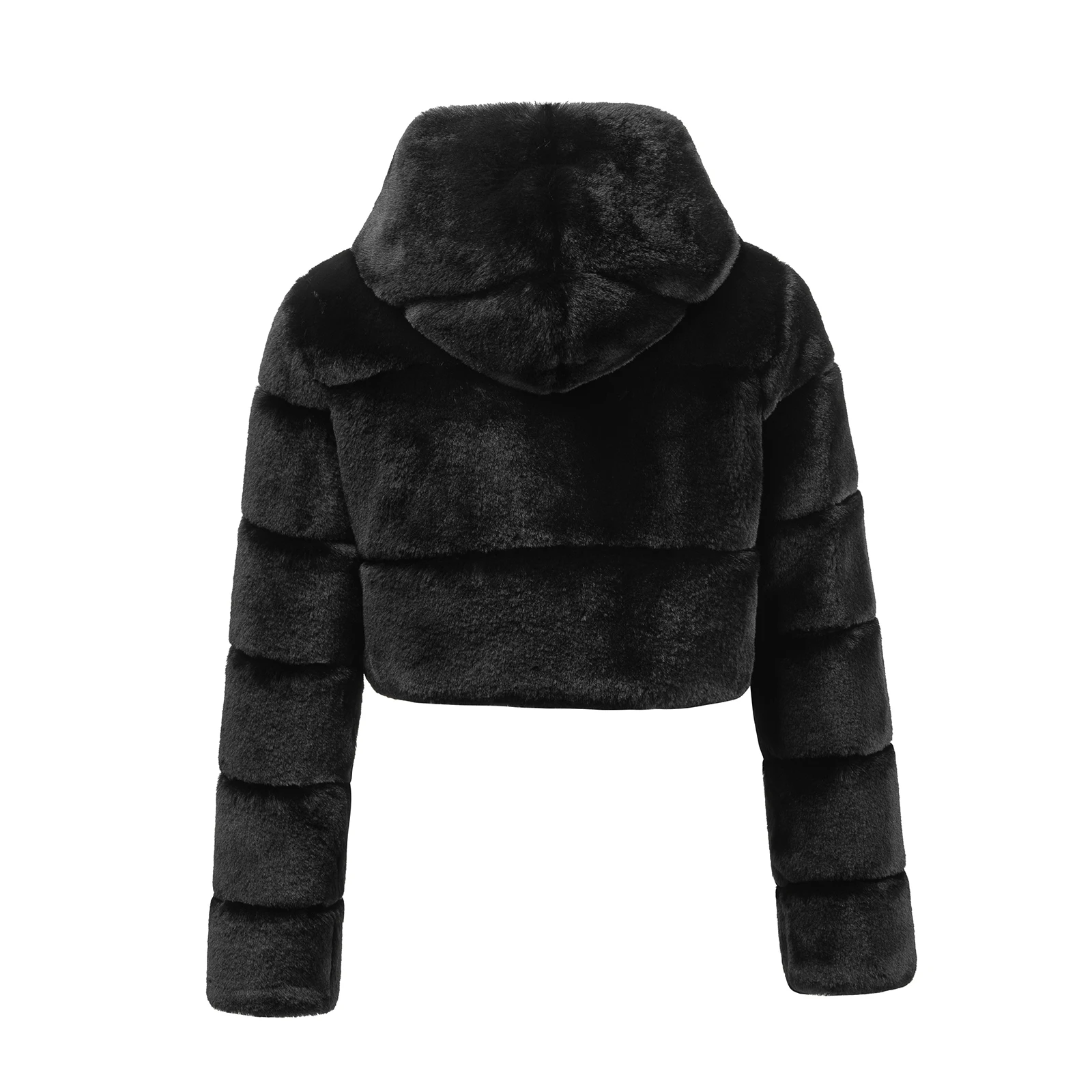
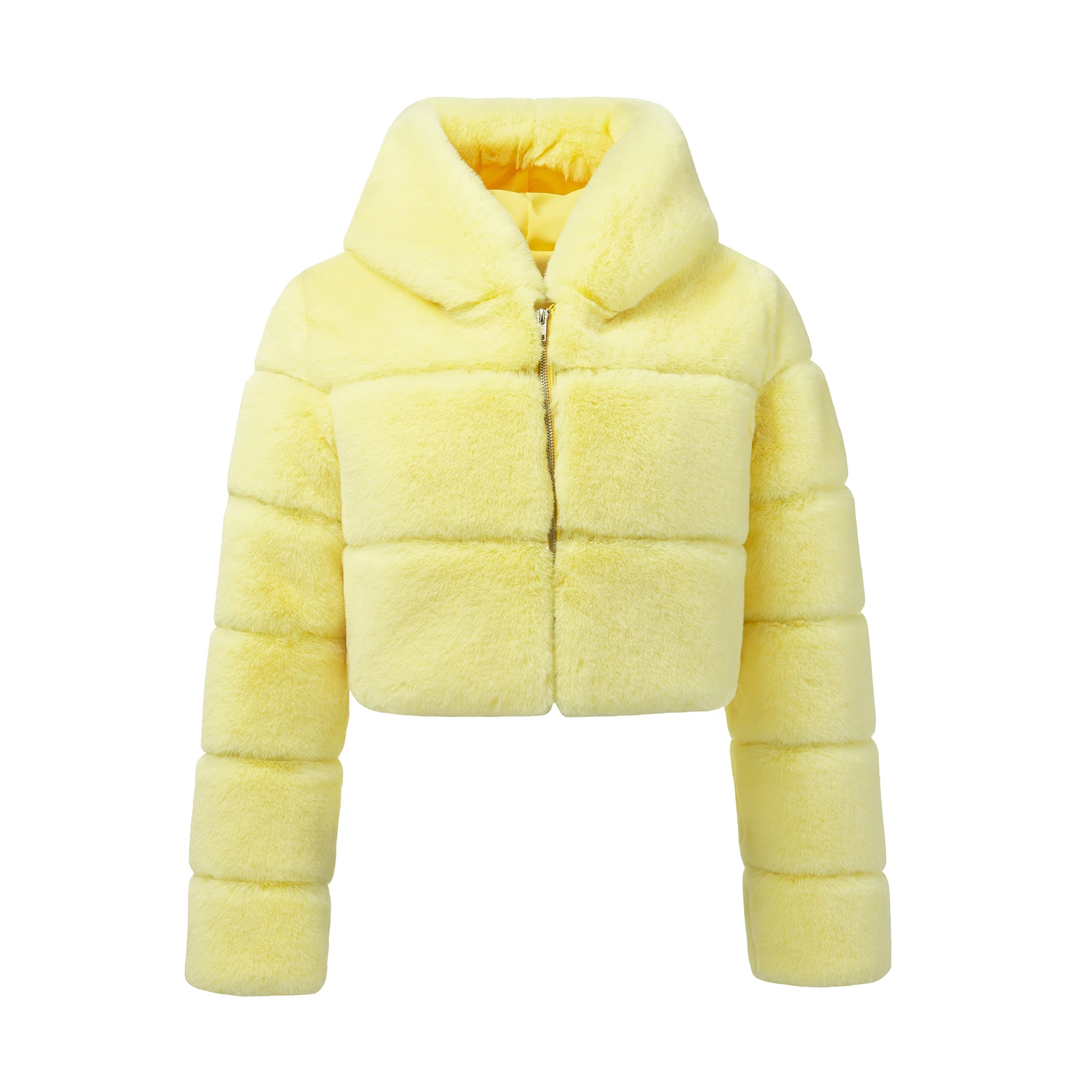
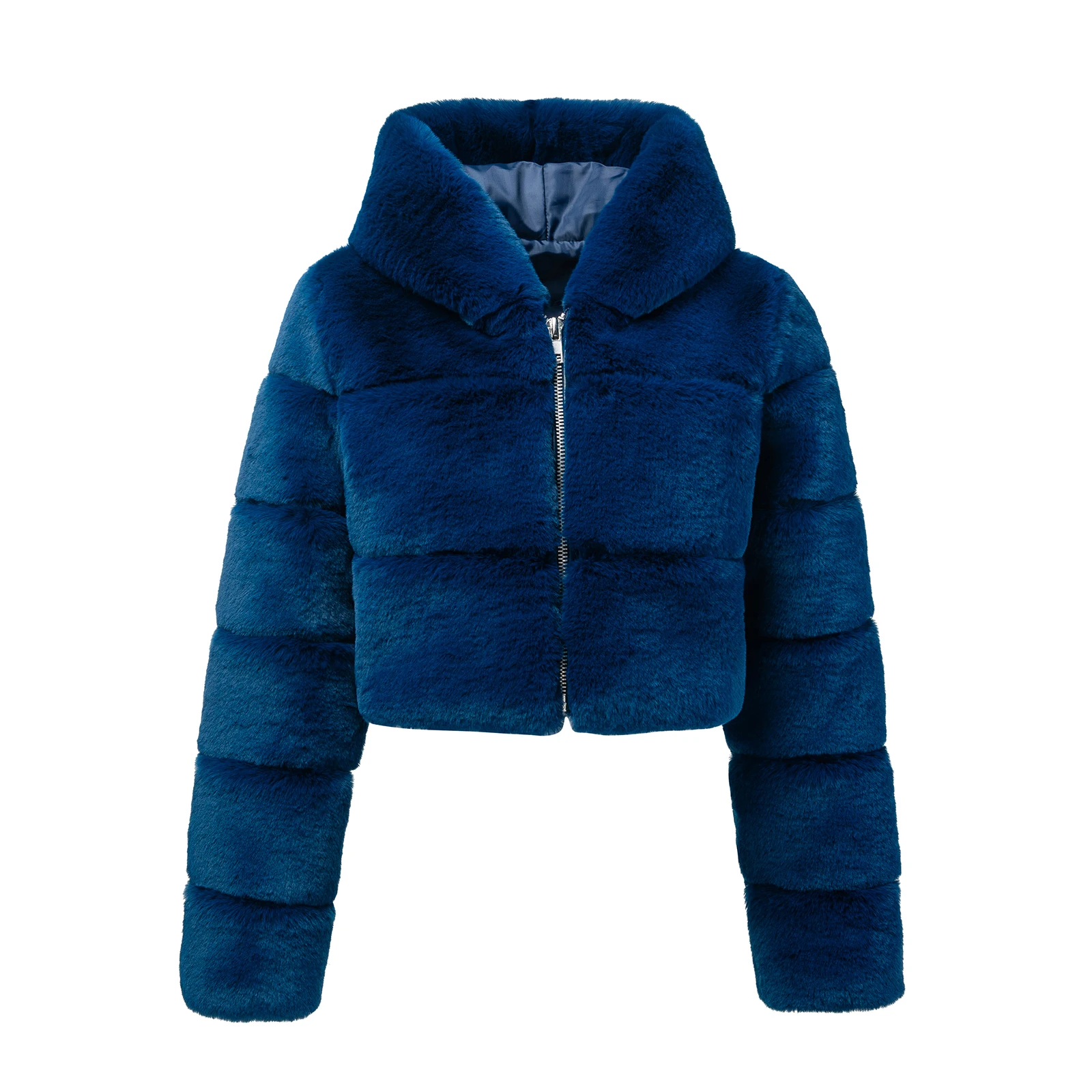
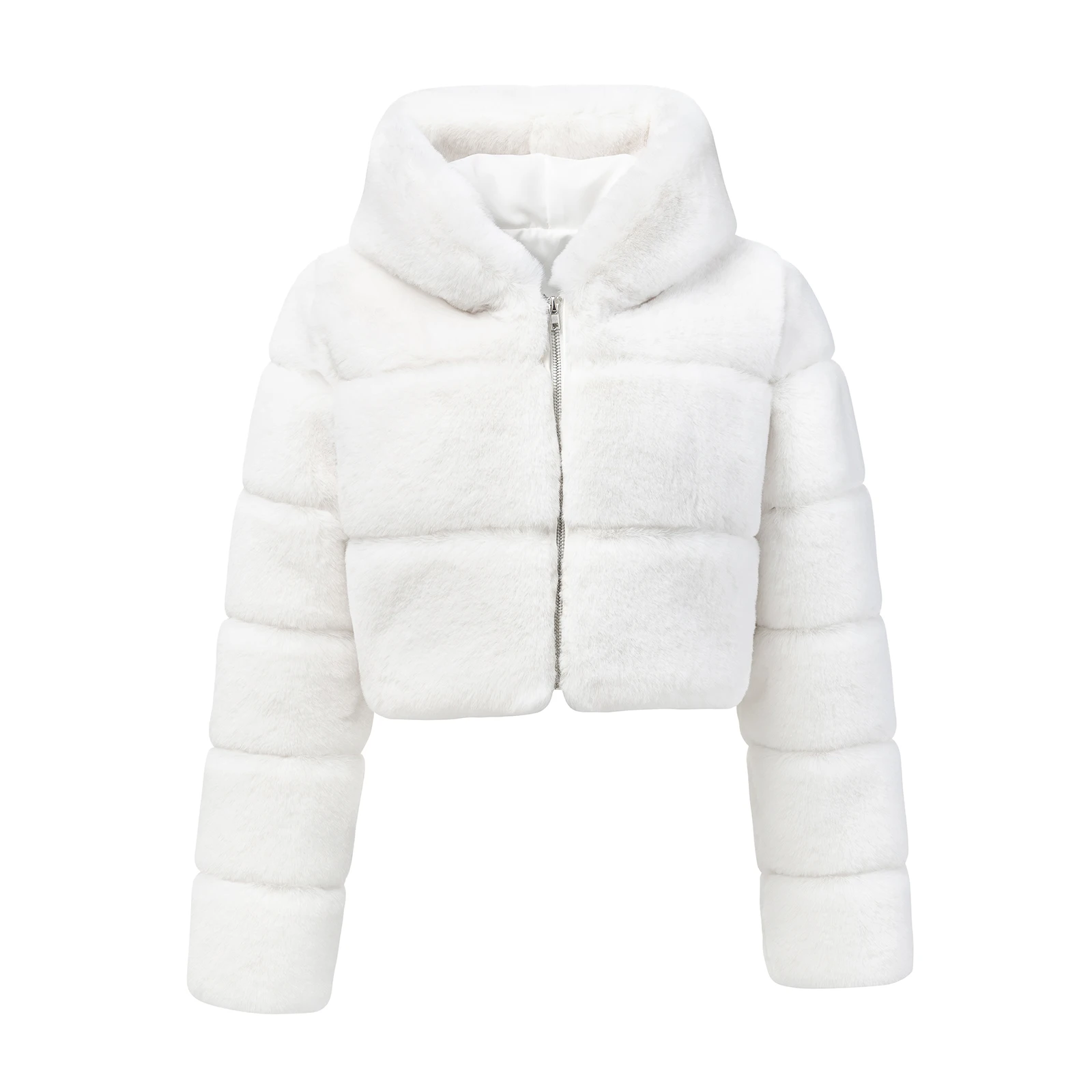
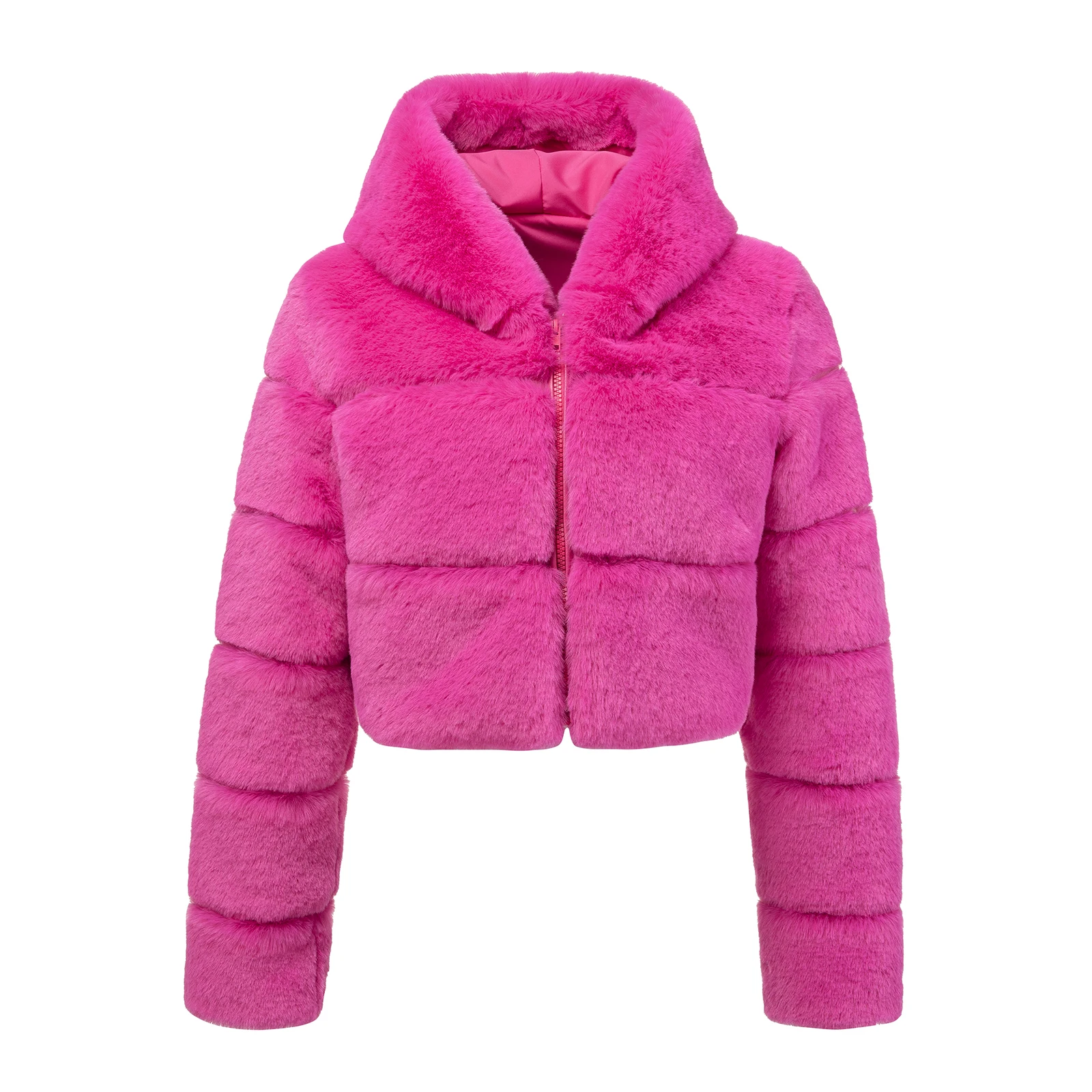
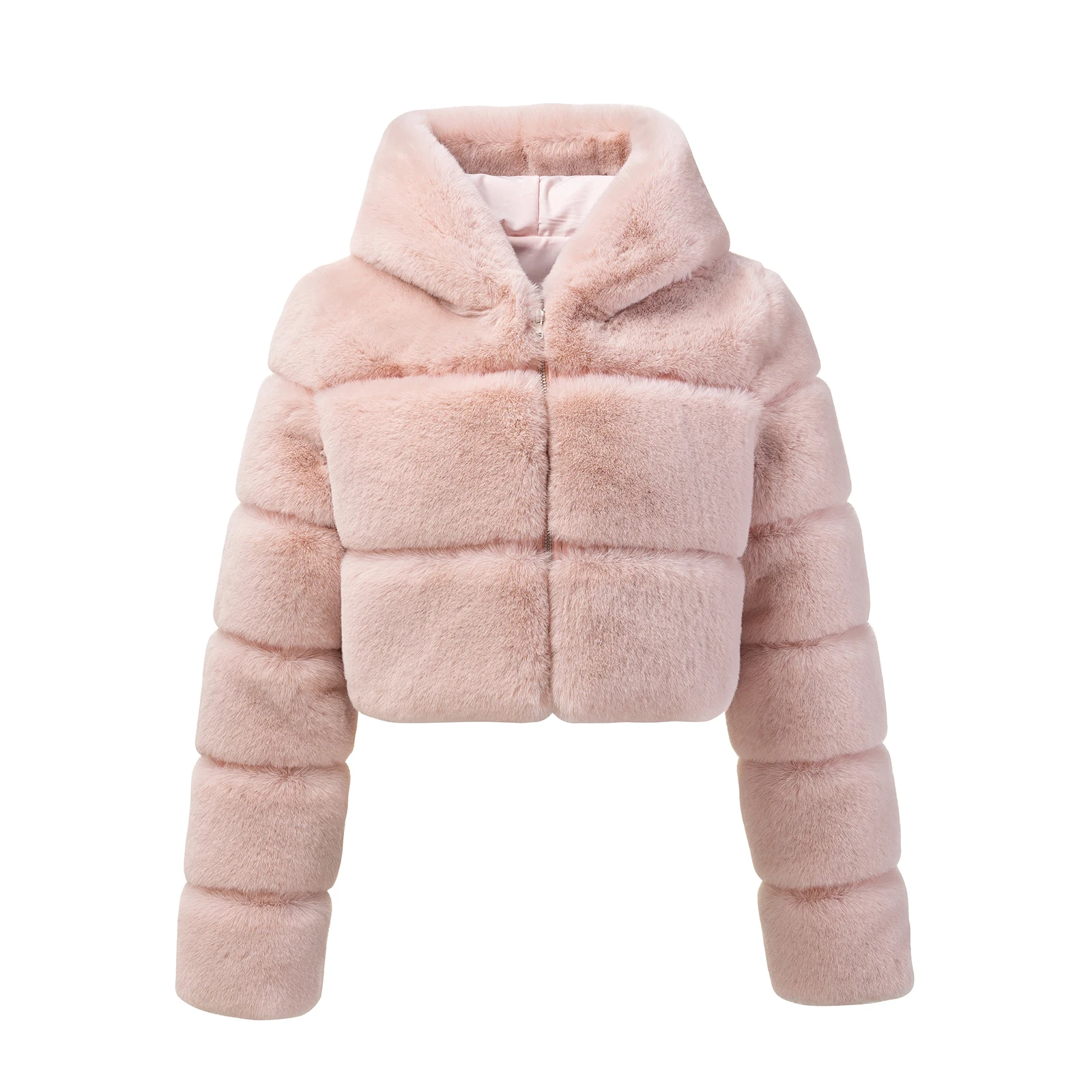
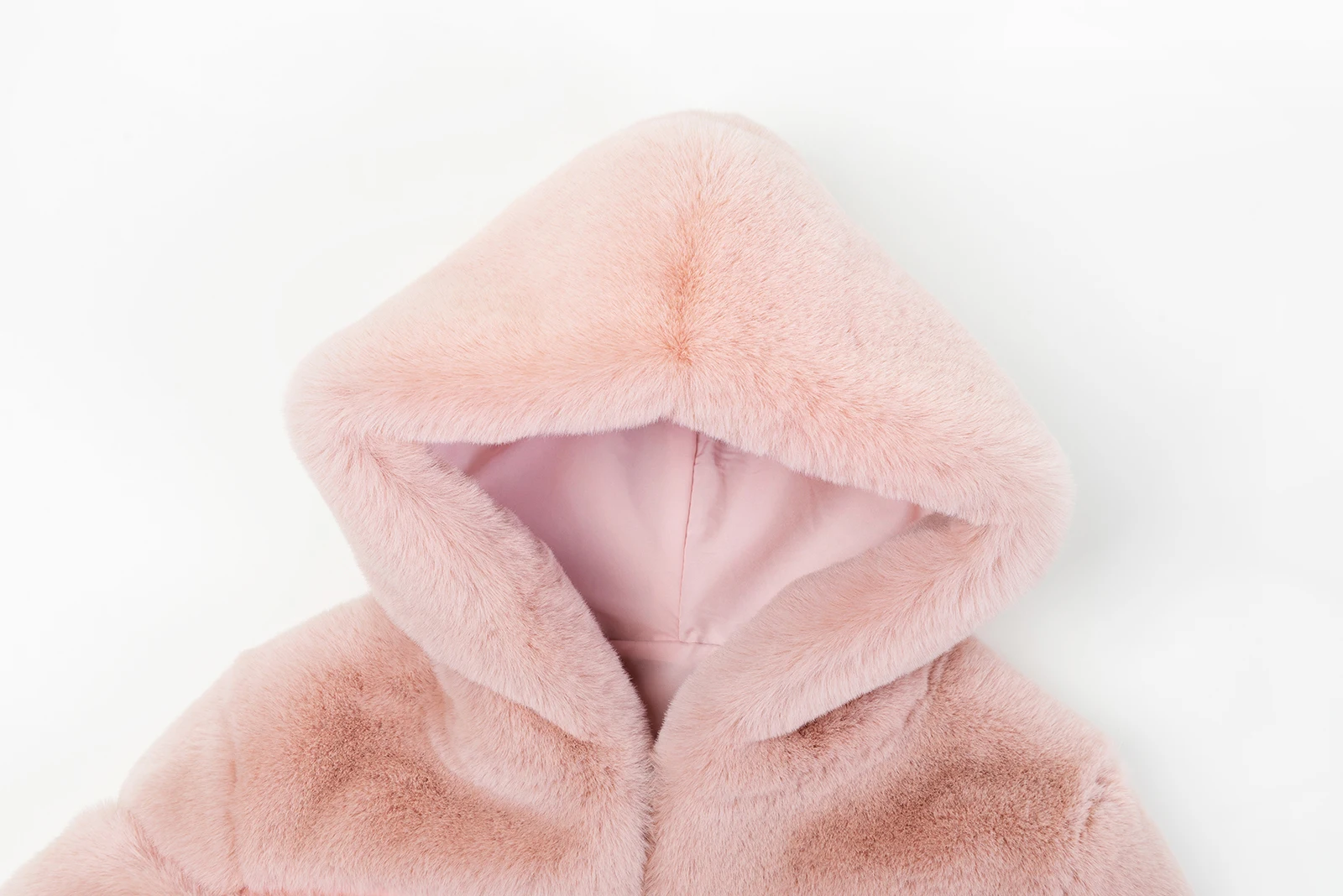
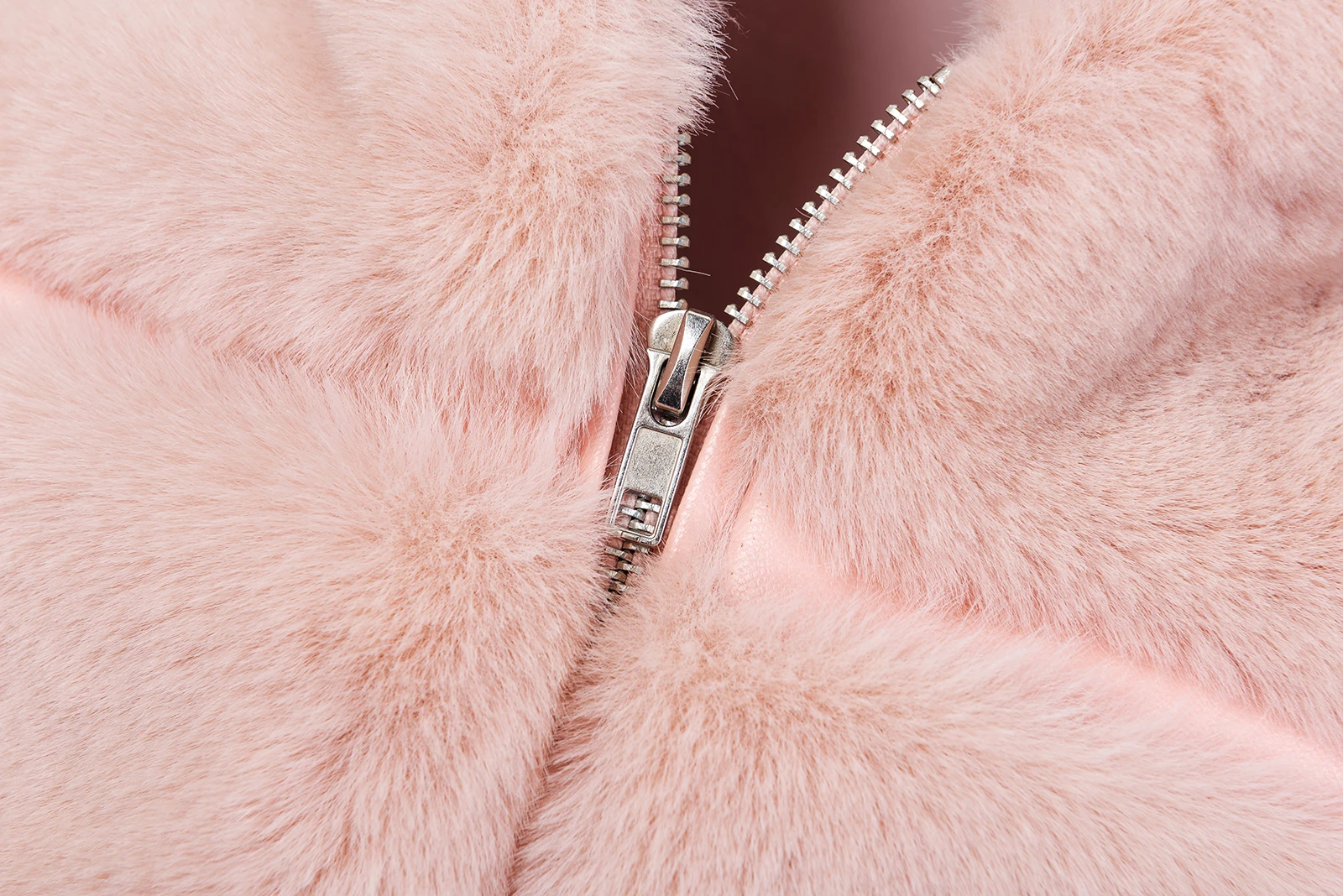
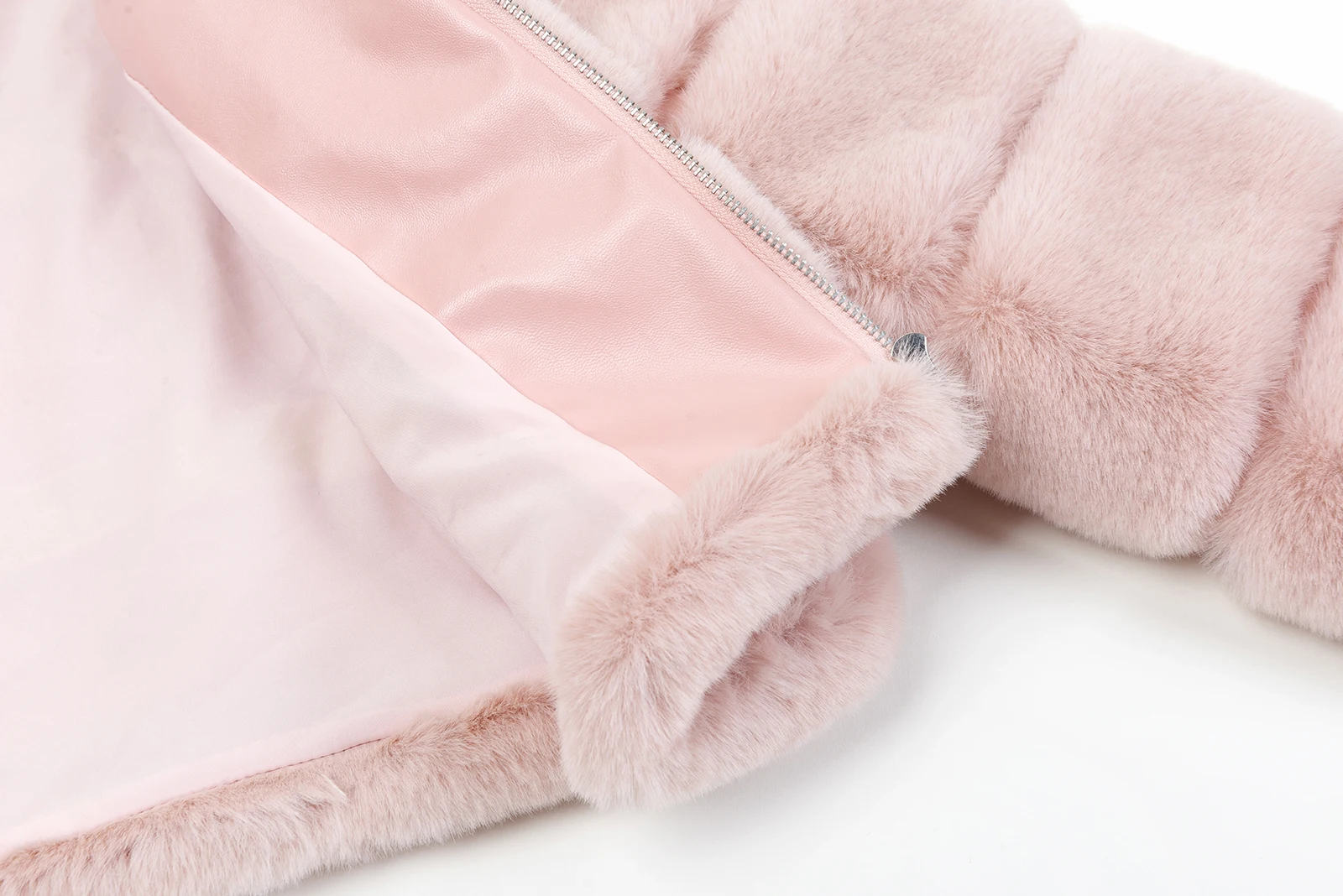
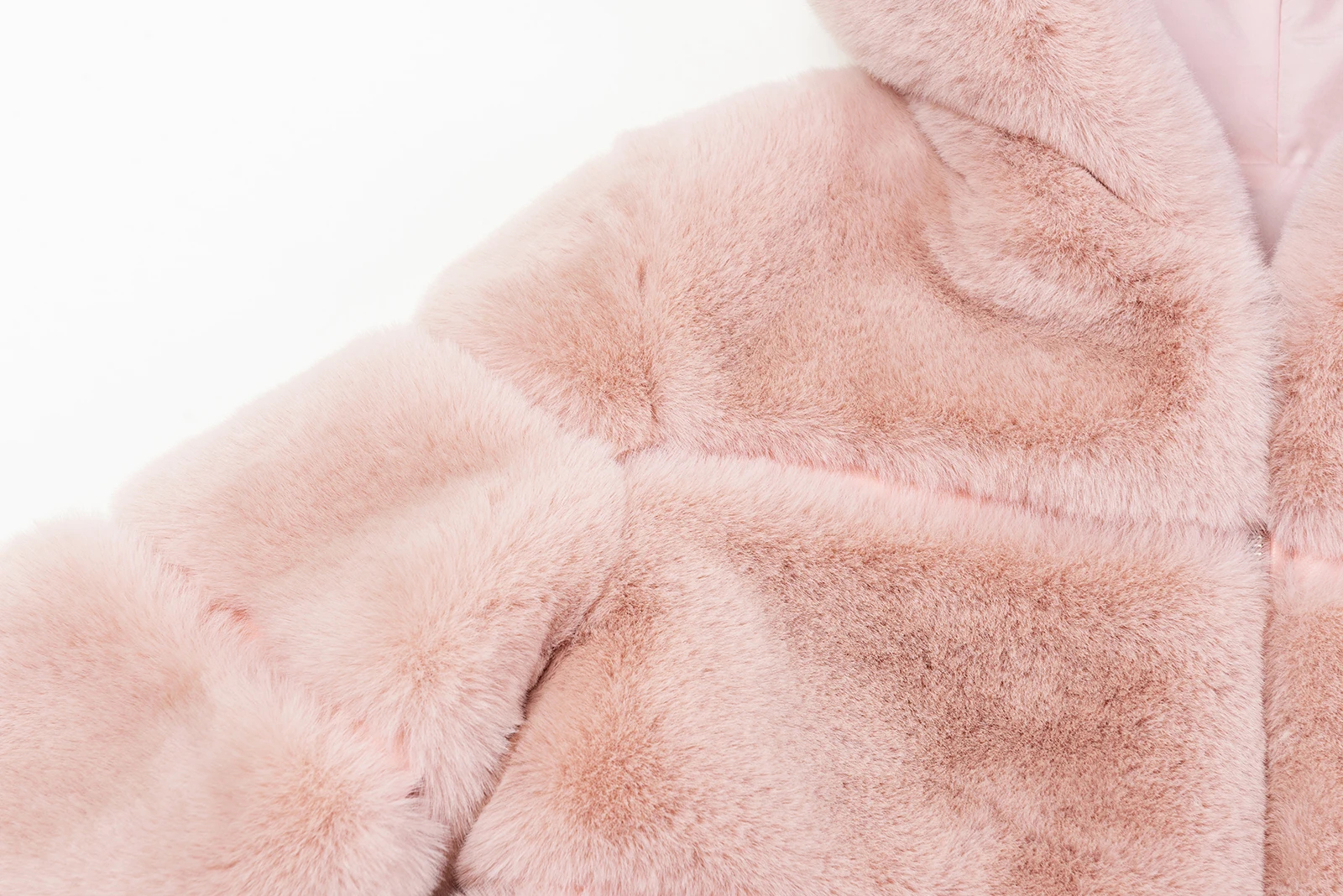
Daily washing attention
Due to the transportation time and method, the wool may not be as fluffy as the picture, you can use the hot air of a hair dryer to comb it, the wool will be very fluffy, and then shake off the floating hair.
Machine wash at low temperature or hand wash at low temperature. After natural drying, you can blow it with a hot air cylinder (5 cm away from the fabric to avoid excessive temperature and damage the fabric).
Do not iron.
May 31, 2021